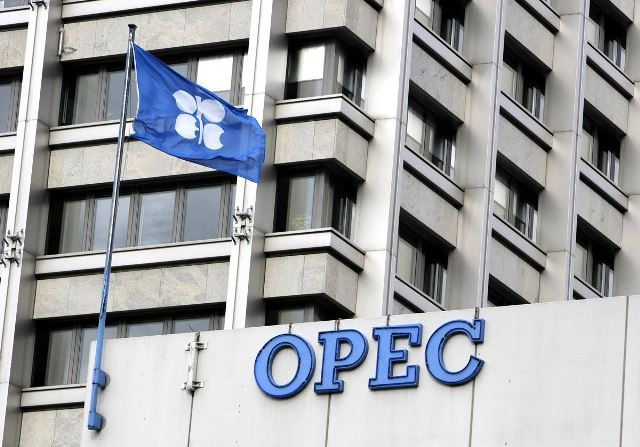The International Energy Agency (IEA) has called on the Organization of Petroleum Exporting Countries (OPEC) and its allies to address a widening shortfall in their oil production, as oil price pushes toward $100 a barrel.
While fuel consumption is bouncing back from the pandemic, the 23-nation alliance led by Saudi Arabia is struggling to restore output it halted.
But IEA Executive Director, Fatih Birol, has told members of the cartel to fix the issue as the supply gap versus their target spirals toward 1 million barrels a day.
“There is a significant difference between the targets that OPEC countries set in terms of their production levels and what is produced today,” Birol told the meeting hosted by the International Energy Forum (IEF).
“Therefore it is important that OPEC countries narrow this gap” and “hopefully provide more volumes to the market in order to reduce volatility,” he added.
Plagued by under-investment and disruptions, many OPEC+ members are not able to bring back the barrels they’ve pledged. The resulting surge in oil prices is feeding an inflationary spike that threatens to derail the global economic recovery, and inflicting a cost-of-living crisis on millions.
The 10 active OPEC members that are subject to quotas pumped 23.9 million barrels a day in January, according to IEA data, compared with a target of 24.6 million.
But according to Birol, high oil prices are hurting many households and could become a drag on economic growth. The situation could become more critical if the standoff between Russia and the West over Ukraine escalates.
Meanwhile, the IEA has said that although global oil supply rose by 560 kb/d to 98.7 mb/d in January, but the uptrend was slowed by a chronic OPEC under-performance.













